My Radio-inActive Life
My Radio-inActive Life
I am a non-practicing amateur radio operator. K4EYO is my callsign. I have a General Class license, but I got that after the FCC did away with the Morse code requirement, so to some people that doesn’t really count.
There is still the Extra class license out there, my one last goal, the pinnacle, the zenith of the U.S. Amateur radio licensing system. I’m putting that off, because once I pass that test, well, what’s left? I already have the Holy Grail of licenses, which is the General Radiotelephone Operator’s License (GROL). But that’s for working on radio equipment on ships in the Great Lakes and in the oceans, and also for supervising avionics techs, or something like that. In other words, very non-amateur. It’s a lifetime license, so I don’t have to deal with renewing it, which is the coolest thing about it, to me.
Ancient History
When I was a kid, way back in the 60’s my best friend’s dad was a Ham (that’s what we call ourselves in Amateur Radio-Land) and he tried to teach a bunch of us kids Morse code via LPs. We sat in the basement and wrote down what we heard, or what we thought we heard. I hated it. But he had a great ham shack (equipment room) with lots of postcards (QSL cards) from his radio contacts all over the world. Cool. He also took us to the local radio club meetings in nearby Hazel Park, MI. All I remember from that was all of the cigar smoke and the swap meet equipment - old Hallicrafters and Heathkits. These were the computer geeks before there were computers.
And that was it for my radio experience. We moved to Atlanta and my attention was refocused on not being beat up by the various gangs at my new high school and pretending to like Elvis.
Not So Ancient History
Years later (1990-ish) I wound up going to a technical school in the mountains of North Georgia, which is a story for another day. But there I could pick from auto mechanics, brick-laying (yep!), practical nursing, electrical wiring, and electronic technology. They used to have watchmaking(!), which is what I would have taken, but instead I settled for the electronics program.
We had a couple of old guys who taught us all about analog circuits, tubes (we had a room full of tubes - must be worth a fortune now), and antennas. I loved this stuff.
We also had a younger guy who taught us about digital circuits, PLCs, assembly language, and who asked me at one point what the hell I was doing there, and not in a university somewhere.
I owe him a debt of gratitude for encouraging me.
It was here that I got my Technician class license and my GROL (first person in something like 15 years from the school). We re-established the dormant radio club at the school, which had three or four members. We’d go to hamfests (conventions for radio geeks), and talk to each other on 2 meter radios in our respective cars. We strung antennas up on the roof of the classroom. We also tried to communicate with MIR as it made its passes overhead, along with the other thousands along the east coast. Remember MIR? From Wikipedia, ca 1993:
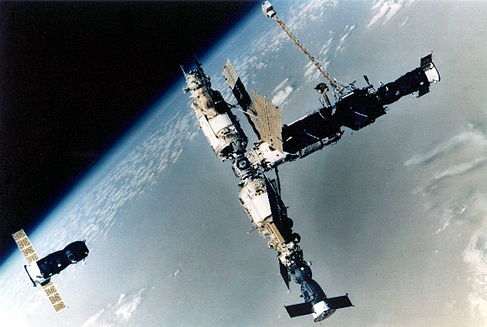
One guy had an HF setup at home. I just had a mobile 2m radio in my VW Bug, and a 2m handheld radio that stayed on my hip, as I played geek wannabe.
A Slight Divergence- typewriters
We moved back to Atlanta and my new skills got me a job repairing typewriters (actually, the auto mechanic track would have been more useful). This was a very cool job, but the pay was terrible. But I learned how to repair/adjust IBM Selectrics via sets of slides in Carousel trays, and older mechanical machines like Smith Coronas, Remingtons, Olivettis just by figuring them out. I keep thinking this is what I’d do if I started my own business. But then I come to my senses.
White Collar Work
Then I got into call center work, first answering phones, then managing, then building them as a project manager. This was the period where I’ve earned the most money so far.
The problem with project management is that by definition, projects are temporary. And so are project manager jobs. At this time there was also a huge movement to move call centers to India, and I didn’t like the thought of that commute.
Blue Collar Work
After being unemployed for 7 months I went to a Georgia Department of Labor job fair in 2001, where the local transit authority (MARTA) had a recruiter looking for radio techs. I was the only one there who had radio licenses and education (the line for computer maintenance/IT jobs was a mile long). 2 months later I had a job and became underemployed.
So now I was in a real radio shop! I could talk about radios, bring in my equipment to adjust and tune…
Nope. Only one had a ham license, the old-timer. The rest of them couldn’t care less about radios. And to add injury to insult, we were not allowed to work on our own stuff, even off the clock.
But I did get great training on 800 mhz trunking systems. And it got me motivated to go to college to get a degree in Economics (“you won’t get rich studying economics, but at least you’ll know why”, as the old joke goes.)
Back to White Collars
It was a few months after graduation that I got a new job at MARTA, as a Maintenance Planner for the computer maintenance group. 7 years later and I’m still doing that. Still not getting rich.
Urban Radios
This is when I upgraded my license to “General” and started putting together a radio setup. But we live in a high-rise, so antennas are more of a challenge. And to keep from singeing the fur on the cats, I had to look at low power (QRP) systems. I have always preferred these anyway, just to be an iconoclast amongst the iconoclasts.
For decades the radio magazines touted home-built (or store bought) 1000 watt or more systems. Just blast that signal out there, power bills & other people’s TV reception be damned! Not really, RFI is bad.
QRP systems appeal to me just like bicycles and economics appeal to me: Efficient use of resources.
So I’ve built assembled a little 40 meter radio, and built assembled an iambic paddle and have built assembled a meter in an altoids can. Now I just need to revisit my old nemesis, Morse code.
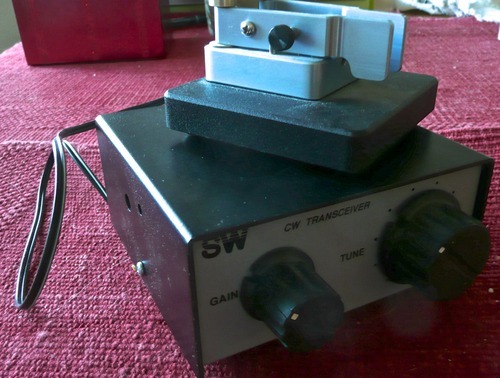
See, these low powered, efficient systems are that way because they don’t transmit voice. No fat sidebands. But they only use 3 watts instead of 100 or 1,000.
So I need to string up some wire, or build some exotic coil loaded beast to transmit from the living room, which could double as a scratching post for the cats. And then we’ll be in business.
Now
And six years later nothing has changed, except for the thick layer of dust on my stuff. I really should wire it all up and at least listen to chatter out there.
But I also need to make a shirt, finish the kitchen cabinets, build a workbench…
More Posts from Astrotidbits-blog and Others
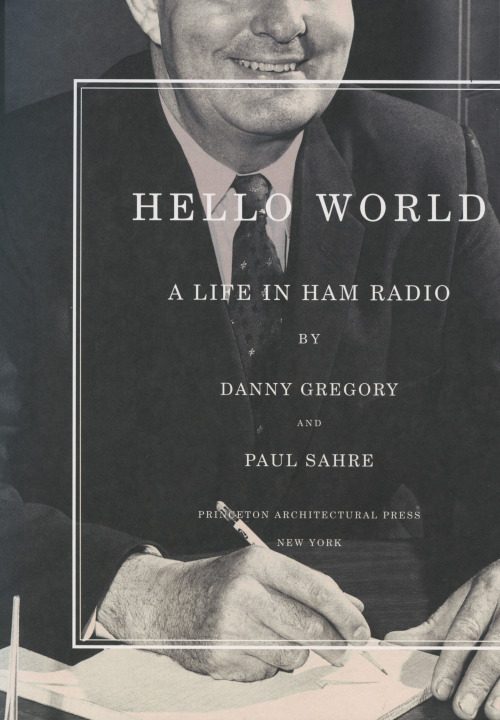



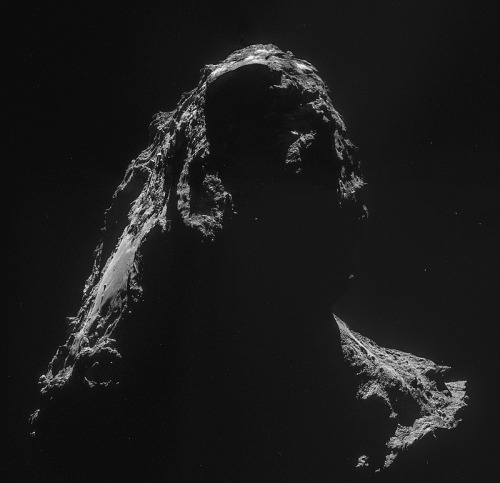

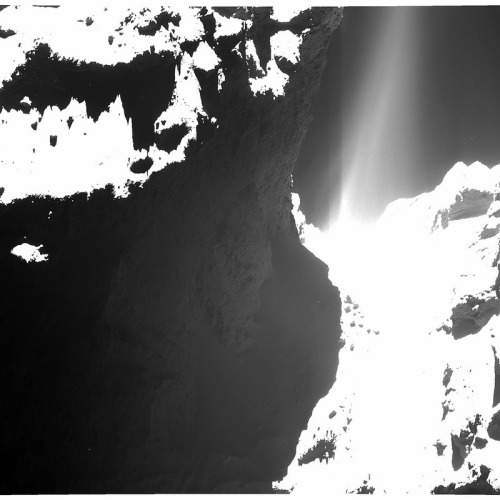
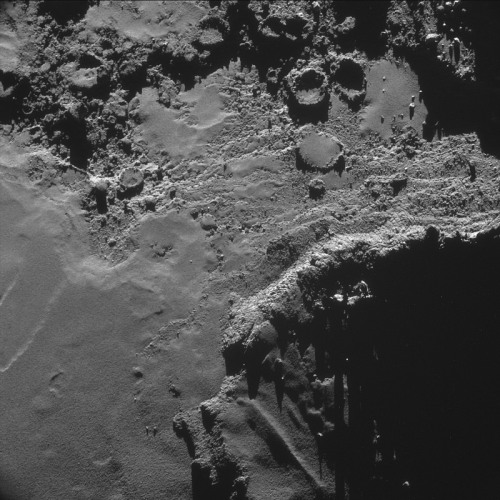
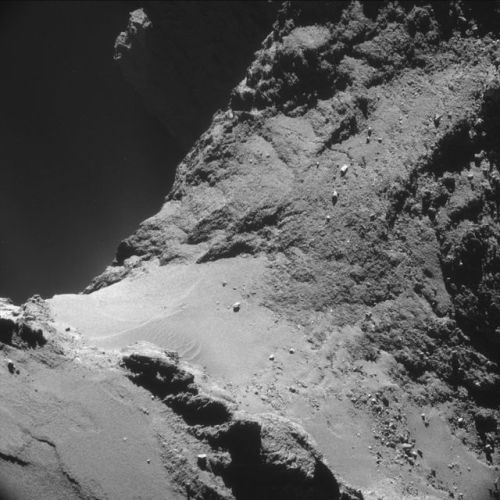
This is what a comet looks like, up close and personal.
PHOTOS FROM AN ALIEN WORLD.
I am so excited I can’t even. Source: ESA’s Flickr feed.
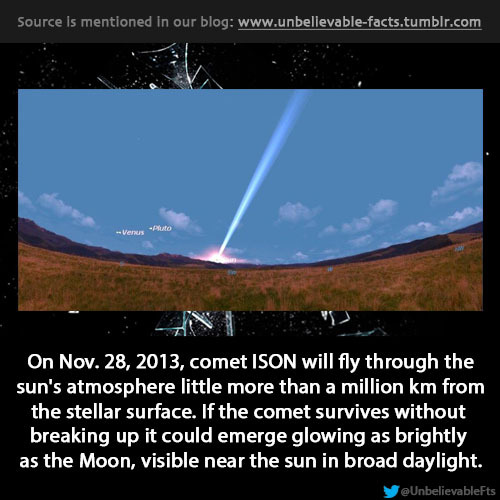
on Nov. 28, 2013, comet ISON will fly through the sun’s atmosphere little more than a million km from the stellar surface. If the comet survives without breaking up it could emerge glowing as brightly as the Moon, visible near the sun in broad daylight.
Kindly share this, so that no one could miss that event!
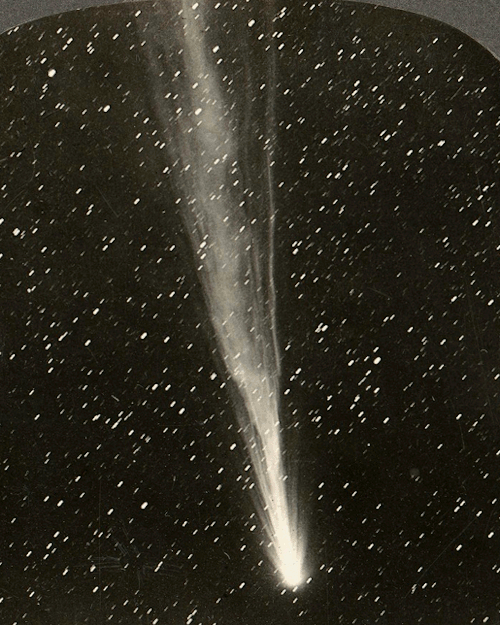
Morehouse’s Comet, photographed in stereograph in 1908 or shortly thereafter. It is not known whether this comet has a closed-loop orbit, but if it does it will not return to earth for millions of years.
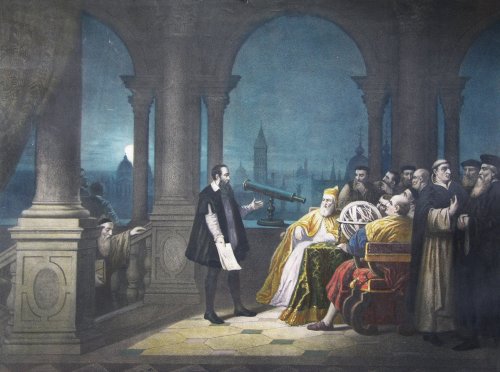
H.J. Detouche’s 1754 painting depicting Galileo Galilei displaying his telescope to Leonardo Donato, Doge of Venice.

Solar
Need more astro-stuff? Go to www.astrotidbits.com and see what is there.

1705 Halley Documents Comet British astronomer Edmund Halley predicted the return of the comet that we now call Halley’s comet. He documented historic comet sightings and found patterns that led him to theorize that comets, which until then were considered baffling and even potentially dangerous because of their irregularity, actually had calculated orbits around the sun and would return periodically. He believed that the comets witnessed in 1531, 1607, and 1682 were actually the same comet and predicted it would return in 1758. Even though Halley died in 1742 the comet arrived on schedule and later became known as Halley’s Comet.
![Life Is Unfair Sometimes. [Via OffTheMarkComic]](https://64.media.tumblr.com/ba3a70057326302450deb4d843c1bd89/tumblr_opaj63kleC1s04h2ho1_500.jpg)
Life is unfair sometimes. [Via OffTheMarkComic]
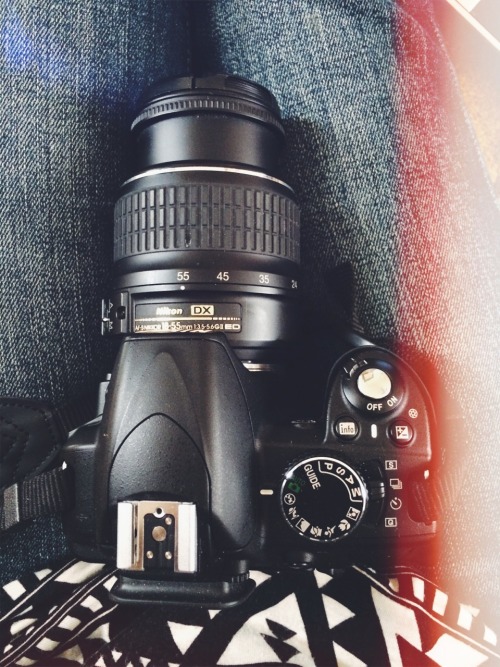
-
 rishatspb-blog liked this · 5 years ago
rishatspb-blog liked this · 5 years ago -
 detroitja liked this · 6 years ago
detroitja liked this · 6 years ago -
 nemo19561-blog liked this · 7 years ago
nemo19561-blog liked this · 7 years ago -
 astrotidbits-blog reblogged this · 7 years ago
astrotidbits-blog reblogged this · 7 years ago -
 astrotidbits-blog liked this · 7 years ago
astrotidbits-blog liked this · 7 years ago -
 kb5drj liked this · 9 years ago
kb5drj liked this · 9 years ago -
 n2qfd reblogged this · 11 years ago
n2qfd reblogged this · 11 years ago -
 n2qfd liked this · 11 years ago
n2qfd liked this · 11 years ago -
 ncdweller reblogged this · 11 years ago
ncdweller reblogged this · 11 years ago